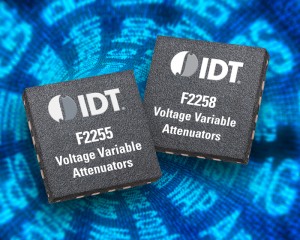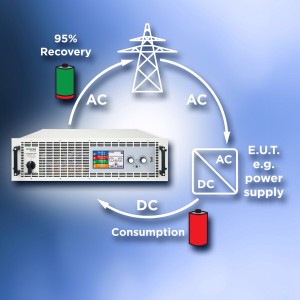In Q4, Toshiba is to sample three new families of SSDs with high-speed PCIe interfaces that provide high-bandwidth point-to-point links with the processor and reduce system bottlenecks. 
The drives use the NVMe protocol and have been designed for various applications including high performance notebooks, thin notebooks, 2-in-1/convertible notebooks, all-in-one PCs and tablets; and server and storage applications.
Each SSD family has been engineered to provide optimum performance and reliability for its target application with capacity, form-factor and security capabilities to match. All three SSD families make use of Toshiba-developed controller platforms and Toshiba’s own state-of-the-art MLC NAND flash memory.
The XG3 family of SSDs is housed in M.2 Type 2280 form factor and is the industry’s highest capacity[1] (1024GB[2]) client NVMe SSD designed for high performance notebooks, 2-in-1 laptop and all-in-one PCs. The drives support up to four lanes of PCIe 3.1, which has a maximum interface bandwidth more than six times that of SATA 6.0 Gbits/s[3]. The XG3 is also the industry’s first[1] NVMe SSD available in a 2.5-inch SATA express form factor.
The XG3 SSD family is equipped with Toshiba’s QSBC (Quadruple Swing-By Code) error-correction technology, a highly efficient error correction code (ECC), which helps protect customer data from corruption, improves reliability, and extends the life of Toshiba SSDs. Engineered for power efficiency, the XG3 series also features lower power state modes and is the first Toshiba product, along with the BG1 SSD family, to support the Trusted Computing Group security specification, Pyrite (TCG Pyrite).
The BG1 SSD family is the world’s smallest[1] NVMe SSD, available in a single package measuring just 16mm x 20mm (M.2 Type 1620) or a removable M.2 Type 2230 module with up to 256GB in capacity. Designed for thin notebooks, 2-in-1/convertible notebooks and tablets, the BG1 family enables PC OEMs to produce thin mobile PCs and tablets while offering a better performing alternative over SATA SSDs for mobile PCs. The BG1 SSD family supports TCG Pyrite and features lower power state modes.
The PX04P series of enterprise SSDs are designed for servers and storage appliances needing scalable power and performance settings. The PX04P series NVMe SSD has the industry’s lowest power consumption[1], with only 18 Watts needed to power the drive at maximum performance. PX04P’s combined high performance and low power consumption may contribute to low total cost of ownership demanded by today’s enterprise data centers. The PX04P family also supports up to four lanes of PCIe 3.0, and is available in either a HHHL (half-height half-length) add-in card or a 2.5-inch form factor with SFF-8639 connector. The eSSD family is also equipped with Toshiba’s QSBC error-correction technology.
david manners







